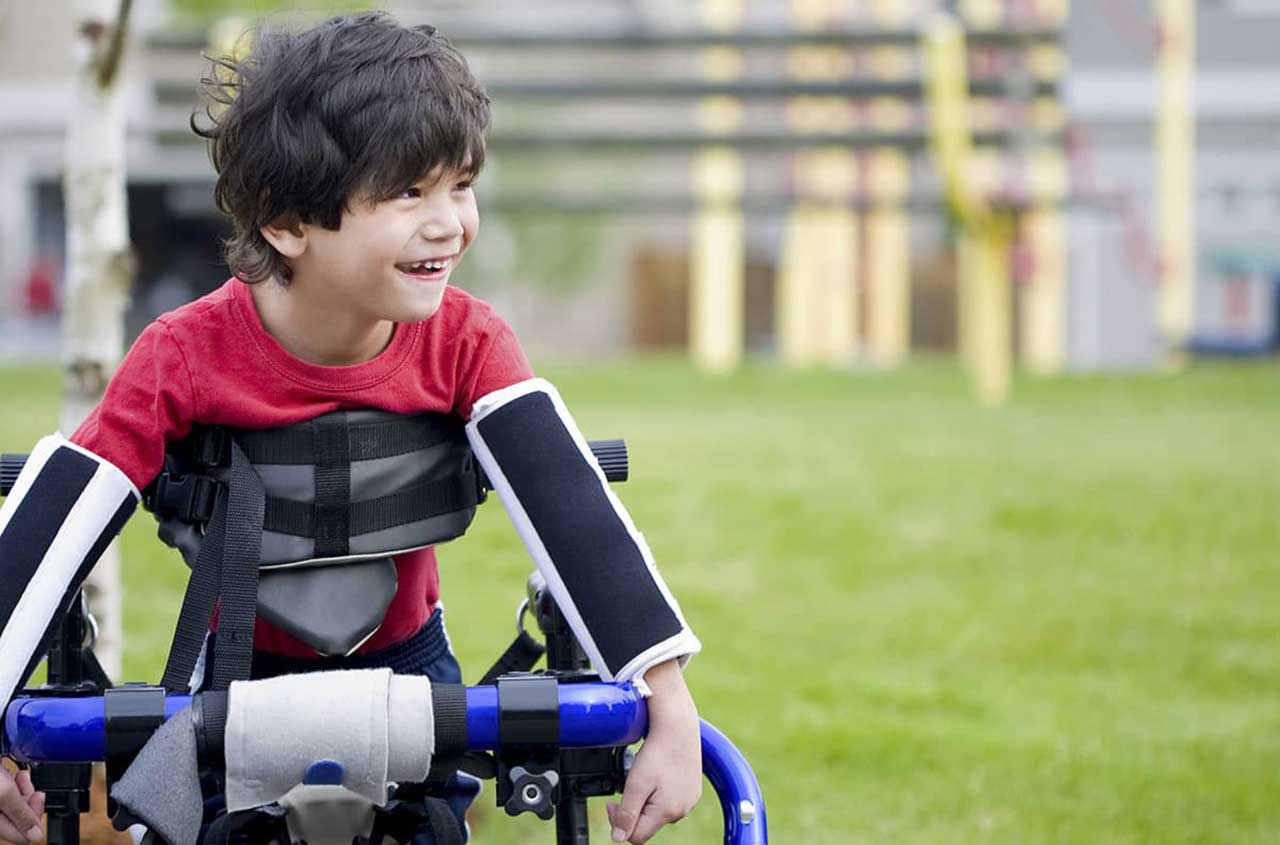World Cerebral Palsy Day is observed annually on October 6. One of the big goals of World Cerebral Palsy (CP) Day is to promote more inclusive societies for people with CP. One way to accomplish this is to educate the world on the idea that CP is not some isolated disorder.
History
In 1810, Dr. William John was the first person to study cerebral palsy. It was 1948, when the innovative United Cerebral Palsy Association was formed to help people with cerebral palsy receive better diagnosis, treatment and funding. In 1949, the National Institute for Mental Health was funded and organized to assist those with mental disabilities. Harry Jennings, an engineer, built the very first modern folding wheelchair to improve the lives of those with motor impairments.
Cerebral Palsy children deserve to be heard
Worldwide,17 million people are impacted by this disorder. Cerebral Palsy is one of the most common physical disabilities affecting the most vulnerable among us — children. The effects of CP change from person to person. Those effects include a weakness in one or both hands, epilepsy, intellectual disability, and a total inability to control movement such as walking. One in four children with CP are unable to talk; one in three can't walk; one in two have a mental or intellectual disability; and one in four has epilepsy. CP occurs over the span of a child’s entire lifetime with no cure. In the Netherlands, a baby is born with cerebral palsy every 22 hours.
Significance
Cerebral Palsy is a worldwide disorder affecting millions of people, primarily children. According to World Cerebral Palsy Day organizers, there is an active group of families and organizations in 65 countries working on improved CP diagnosis and treatment, better quality of life, educational opportunities, and charitable contributions to fund continued research.

 World Cerebral Palsy Day is an opportunity to produce actions that will lead to more open minds and societies towards people with cerebral palsy
World Cerebral Palsy Day is an opportunity to produce actions that will lead to more open minds and societies towards people with cerebral palsy




.jpeg)
.jpeg)
.jpeg)
.jpeg)
_(1).jpeg)
_(1)_(1)_(1).jpeg)
.jpeg)

.jpeg)






.jpeg)

.jpeg)

.jpeg)
.jpeg)
.jpeg)





